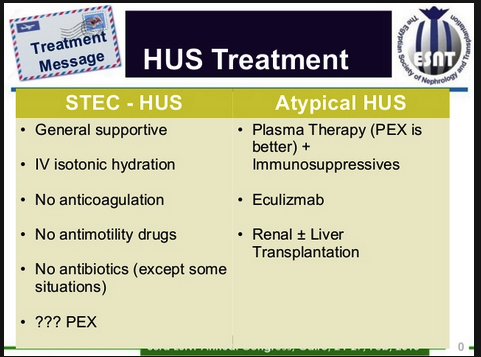McKean/Logan Oral Boards
Case 1. 10 month old child drank gasoline. Child had respiratory distress and bilateral pulmonary infiltrates. Patient was intubated to treat aspiration of gasoline.
CXR of bilateral pulmonary infiltrates due to hydrocarbon aspiration
In addition to pneumonitis, patients with hydrocarbon ingestions can develop CNS depression, seizures, and arrhythmia. Catecholamines, antibiotics, and steroids should be avoided.
"Treat hypotension with aggressive fluid resuscitation. Avoid administration of catecholamines such as dopamine, norepinephrine, and epinephrine. Catecholamines may cause dysrhythmias, especially after exposure to halogenated hydrocarbons and aromatic hydrocarbons. Hydrocarbon-induced dysrhythmias are generally seen shortly after the exposure, especially with inhalational use. Continuous cardiac monitoring should be initiated, and an ECG should be obtained. For hydrocarbon-induced ventricular dysrhythmias, class IA (procainamide) or class III (amiodarone, bretylium, and sotalol) antiarrhythmics should be avoided because of the risk of QT-interval prolongation.18 Propranolol, esmolol, and lidocaine have been reported to treat these ventricular dysrhythmias successfully.10,18,39
There is no benefit to gastric lavage because risks of aspiration far outweigh any theoretical benefits.40 Activated charcoal does not adsorb hydrocarbons well and poses a risk for vomiting and aspiration, so charcoal is not recommended either. I (Tintinalli reference)
Case 2. 29 yo female with syncope. Upreg is negative.
Patient had run of stable V-tach in ED treated with Amiodarone
Arrythmogenic RV Cardiomyopathy
Epsilon Wave specific for arrythmogenic right ventricular cardiomyopathy.
Case 3. 74 yo male with knee pain. Patient fell at Wrigley field. On exam patient cannot extend the knee against gravity.
Quadricep tendon rupture with low riding patella on the right
Patient needs orthopedic consult for surgrical repair.
Kishi 5- Slide Follow Up
Treatment for Acute Flash Hypertensive Pulmonary Edema also known as Sympathetic Crashing Acute Pulmonary Edema (SCAPE)
Nitro sprays followed by Nitro drip at 100mcg/min
Start patient on bipap
Limit diuretic use as these patients are frequently hypovolemic. If you think the patient is hypervolemic, cautious IV lasix may be indicated.
Dennis Ryan comment: sublingual sprays give 400micrograms per dose. This is a good way to give big doses of nitro early on.
Miner 5 Slide Follow Up
Microangiopathic hemolytic anemia, one of the cardinal features of hemolytic-uremic syndrome, may be profound with a hemoglobin level between 5 and 9 grams/dL. A peripheral smear demonstrates schistocytes, helmet cells, and burr cells. The Coombs test is negative. The platelet count is <150 000/mm3. The WBC count may be elevated.
Hyponatremia and hyperkalemia develop as a result of metabolic acidosis from renal failure, and hyperbilirubinemia results from acute hemolysis. (Tintinalli reference)
Aytpical HUS is differentiated from HUS by the fact that it is not caused by toxin producing ecoli.
Treat atypical HUS with plasma exchange and eculizumab (Soliris).
Jones 5 Slide Follow Up
Bedside echo is key to the evaluation of acute chest pain and hypotension.
If you see cardiac tamponade on bedside echo, think aortic dissection.
Aortic Dissection Detection Risk Score is one tool to consider when evaluating chest pain. You can check out the decision guideline in MD Calc. (editor's note) It has not been fully validated but it I think it helps organize my clinical thinking about dissection.
Johns 5 Slide Follow Up
Consider headache "red flags"









